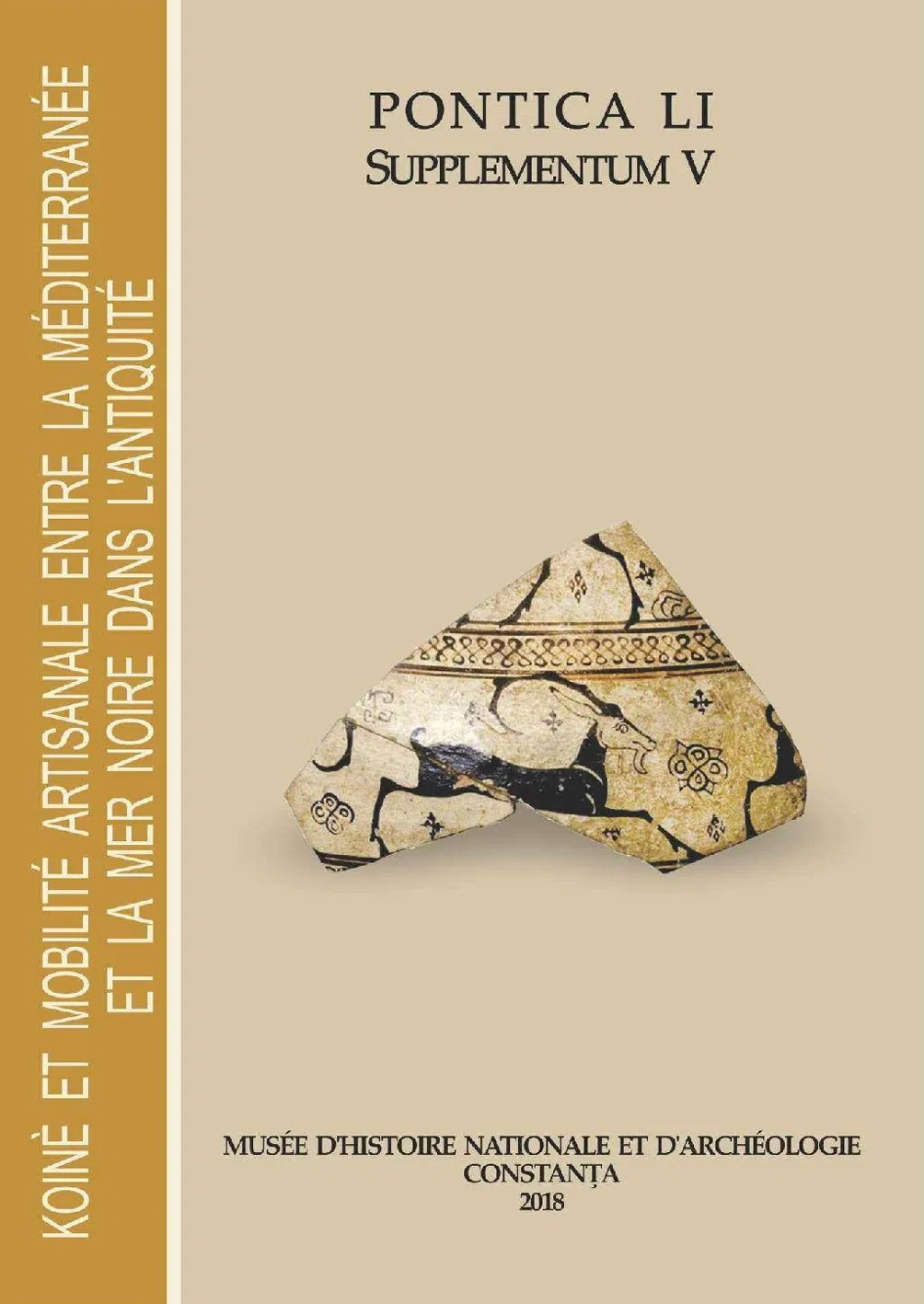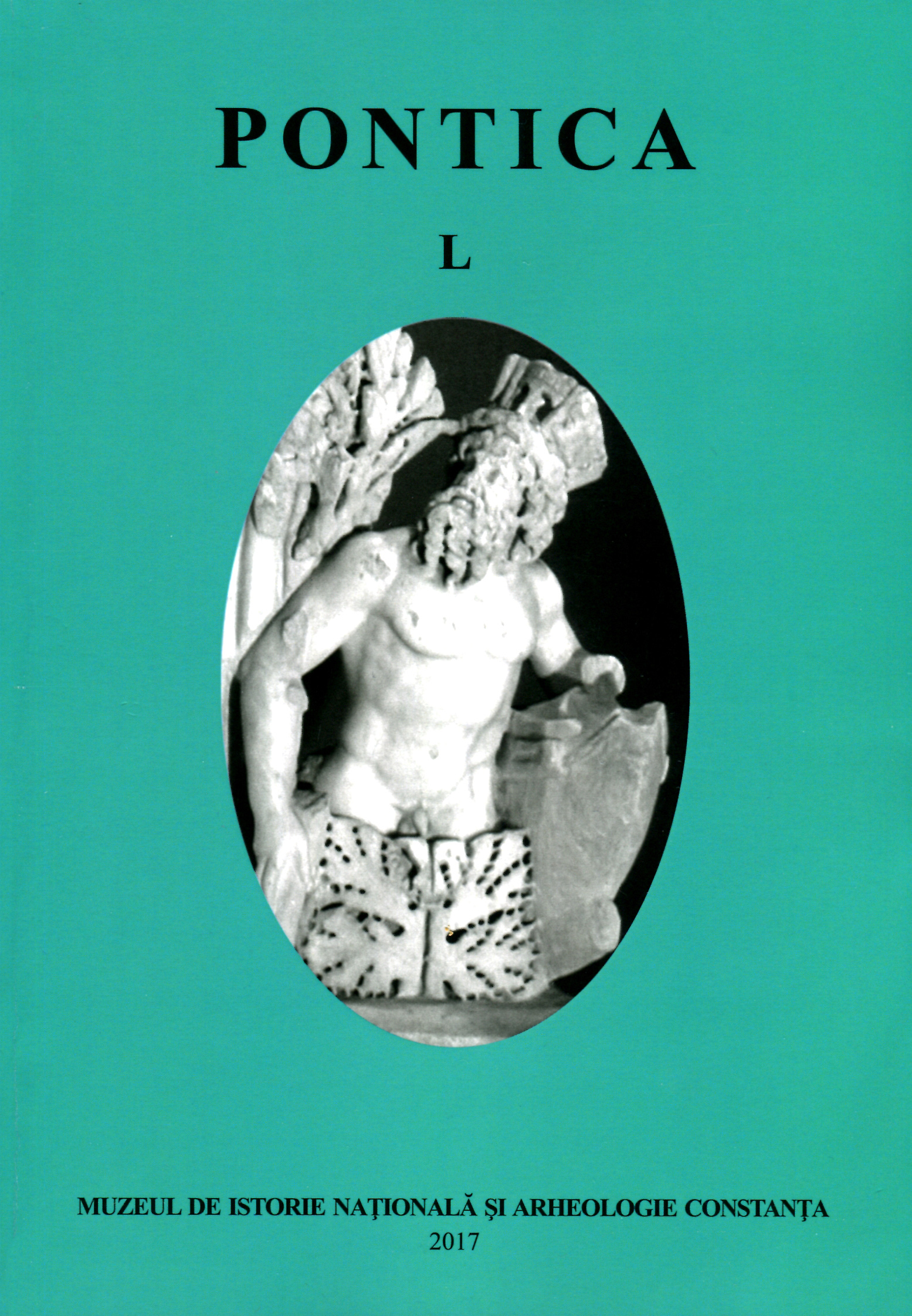
Archaic East Greek Pottery from Nemirov Fortified Settlement and Some Questions of Distribution of Early Greek Pottery in the Northern Black Sea Region
Nemirovo fortified settlement on the South Bug river belongs to one of gigantic sites of forest-steppe zone of the Northern Black Sea Coastal Region. The archeological study of this settlement in the 20th century have brought numerous and various archaeological finds. By modern investigations three basic components in material culture of the population of Nemirovo have been determined: local forest -steppe Early Scythian component, cultural impulse from the Eastern Hallstatt area and the evidences of the early contacts with the Greeks. The excavations at Nemirovo acropolis gave are presentative collection of the Archaic East Greek pottery, the large part of the examples were of South Ionian production dated to ca. 650/640-630 BC. The article deals with several fragments of Greek painted pottery from Nemirovo decorated in Middle Wild Goat Style I in the light of the problem of distribution of early Greek pottery over the barbarian hinterland (the evidences of the connections with the first Greek colonies of Lower Bug or pre-colonization contacts?).
More...
